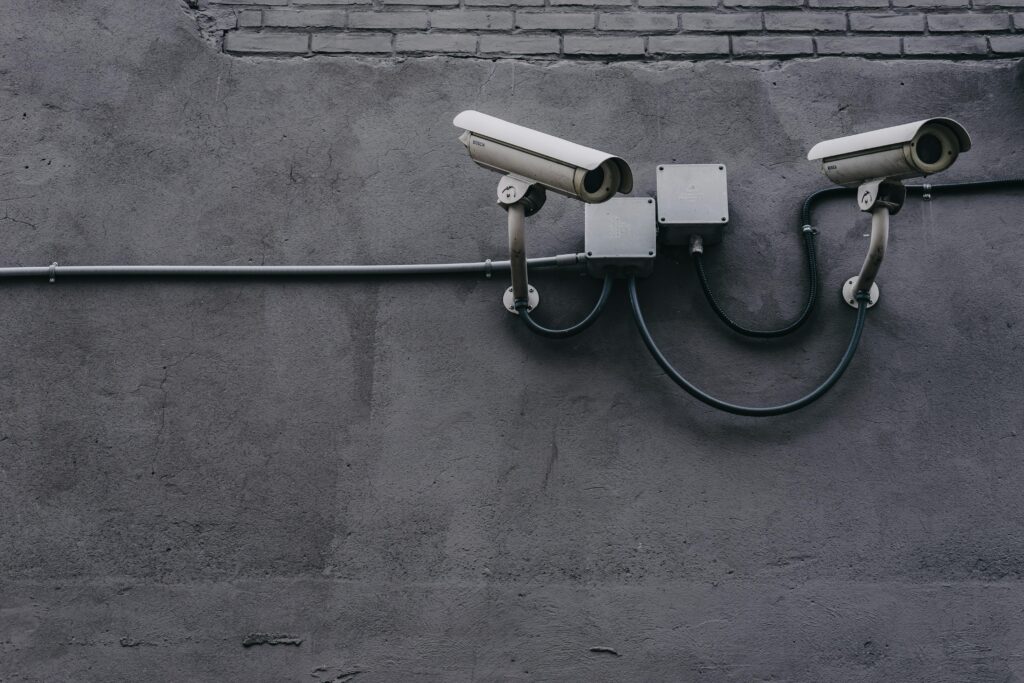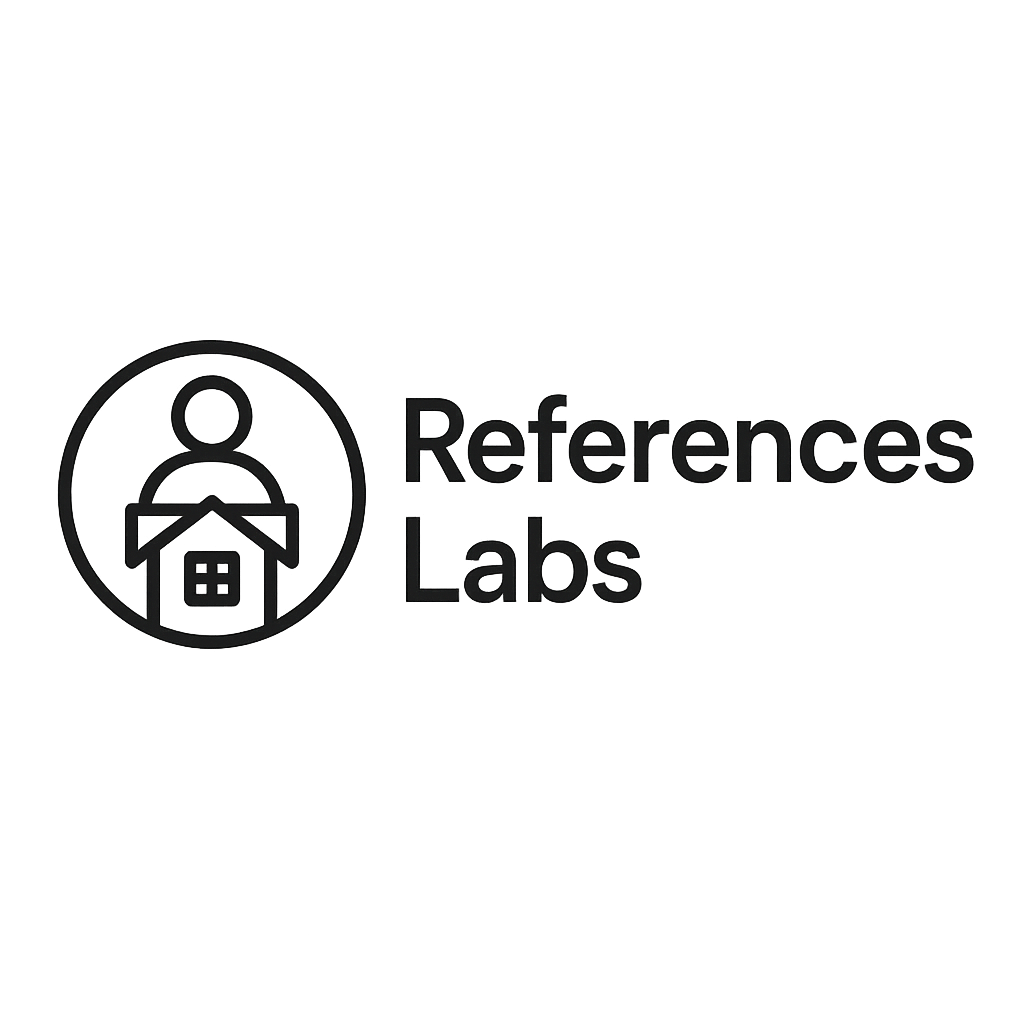From voice-controlled assistants to connected appliances, smart home devices are revolutionizing the way we interact with our living spaces. But what exactly is a smart home, and how are these technologies shaping the future of how we live?
In this article, we will explore the various aspects of smart homes and how they are making life easier, more efficient, and even contributing to sustainability efforts. We will break down the key components of smart home technology, its practical benefits, and its potential for the future.
- What Makes a Home „Smart?“
- Convenience and Efficiency
- Smart Homes and Sustainability
- Security and Safety
- Conclusion
What Makes a Home „Smart?“
A smart home is defined by the integration of devices that can be controlled remotely through the internet, often through an app or voice commands. These devices are interconnected and work together to automate and streamline various aspects of home life. The backbone of a smart home is the Internet of Things (IoT), a system where everyday objects are embedded with sensors and software to collect and exchange data.
Some of the most common smart home devices include:
- Smart Thermostats: These allow you to control the temperature of your home remotely, optimize heating and cooling, and save on energy costs.
- Smart Lighting: With smart bulbs, you can adjust the lighting to suit your mood or time of day, and even automate lighting to match your schedule.
- Smart Security Systems: This includes cameras, motion sensors, and alarm systems that can be monitored remotely, providing peace of mind when you’re away.
- Voice Assistants: Devices like Amazon Echo, Google Home, or Apple HomePod allow you to control other smart devices using voice commands.
These devices can be connected via a central hub or app, which integrates all functions into one easy-to-use system. This allows for a fully automated experience, where tasks like adjusting your thermostat, turning off the lights, or locking the doors can be done remotely, or even automatically at set times.
Convenience and Efficiency
One of the biggest advantages of a smart home is the convenience it offers. Imagine coming home after a long day and automatically being greeted by warm lighting, the perfect temperature, and your favorite music playing. This level of automation makes daily tasks easier and less time-consuming.
Smart homes streamline routine actions such as turning off lights, adjusting the thermostat, or even brewing your coffee—all without lifting a finger. For example, with a smart thermostat, you can set your home to warm up just before you arrive, ensuring that you never walk into a cold house again. Similarly, with smart lighting, you can schedule lights to turn on and off at specific times, reducing energy consumption and eliminating the need to manually control them.
In my own experience, the convenience of smart devices has transformed my daily life. From setting up morning routines where lights and coffee start automatically to using voice commands to control everything from music to temperature, my home now runs smoothly and efficiently. Smart homes not only save time but also reduce mental clutter by automating the mundane tasks that would otherwise take up energy and focus.

Smart Homes and Sustainability
As climate change becomes a growing concern, sustainability is a key focus for many homeowners. Smart homes can contribute to a more sustainable lifestyle by helping reduce energy consumption and waste. Devices like smart thermostats and energy-efficient lighting can lower electricity usage, which not only saves money but also helps reduce your carbon footprint.
For example, smart thermostats can learn your schedule and adjust heating and cooling automatically to reduce energy usage when you’re not home. Similarly, smart lighting can be programmed to turn off when not in use, further cutting down on electricity waste. Other devices, such as smart water meters or smart appliances, can help you monitor your water and energy usage, giving you more control over your consumption.
From my perspective, integrating sustainability with smart home technology feels like a natural step toward a more eco-conscious lifestyle. Using smart devices not only makes life more convenient but also helps me feel better about reducing my environmental impact, even in small ways.
Security and Safety: How Smart Homes Enhance Protection
Safety is one of the primary concerns for any homeowner, and smart homes have revolutionized how we protect our homes and loved ones. The integration of technology into home security systems provides homeowners with a level of control and peace of mind that traditional security methods can’t always offer. With the rise of smart security devices like cameras, motion sensors, and smart locks, safeguarding your home has never been more efficient.
Remote Monitoring and Control
One of the greatest benefits of smart home security systems is the ability to monitor your home remotely, giving you peace of mind whether you’re at work, on vacation, or out running errands. Smart security cameras, for instance, allow you to view live footage from your smartphone or tablet, and many systems include cloud storage, so you can review recorded footage at any time. This means that no matter where you are, you have immediate access to your home’s security.
I’ve personally found that this remote capability is a game-changer. On a recent trip, I was able to monitor my home in real-time, ensuring everything was secure and that no unusual activity was happening around my property. This is a huge improvement over traditional security systems that only offer local monitoring.


Smart Security Devices for Proactive Protection
Smart security systems also provide proactive features that can prevent break-ins before they even happen. Motion sensors, for example, can alert you to any unusual movement on your property, and smart cameras often come equipped with facial recognition technology or AI algorithms that detect unfamiliar faces or suspicious activity. This allows for real-time alerts when something unexpected occurs, enabling you to take action swiftly.
In a study published in the Journal of Crime and Justice, researchers found that homes equipped with visible security devices, including cameras and motion sensors, were less likely to be targeted by burglars. The study showed that burglars often look for signs of security, and the presence of such devices can serve as a powerful deterrent. When you know your property is under surveillance, it makes potential intruders think twice.
Smart Locks and Keyless Entry for Added Convenience
Smart locks offer another layer of protection by allowing homeowners to control access to their homes remotely. Whether it’s locking the door after you’ve already left or granting access to a visitor without needing to physically be there, smart locks make it easier and safer to manage entry points. Some smart locks are even integrated with other smart devices like security cameras, so when someone rings your doorbell, you can check who it is via a camera and unlock the door directly through your phone.
A study by the National Institute of Justice found that smart locks could reduce home burglaries by providing an added level of control and monitoring that traditional locks could not match. With the ability to lock and unlock doors remotely, you can ensure that your home is secure even if you forget to lock it on your way out.
Increased Home Safety in Emergencies
Beyond preventing break-ins, smart home technology can also enhance safety during emergencies. For example, smart smoke detectors and carbon monoxide alarms are connected to your smartphone, alerting you immediately if dangerous levels of smoke or gas are detected in your home. In the event of a fire or carbon monoxide leak, you can receive an alert even if you’re not home, allowing you to take quick action.
The integration of home safety systems into smart technology means that you are not relying solely on traditional systems that might fail to notify you in time. According to a 2019 study by the Fire Protection Research Foundation, homes with interconnected smart smoke detectors are more likely to provide timely alerts, reducing the risk of injury or damage caused by fires. These systems can provide early warning signals, giving homeowners more time to evacuate and contact emergency services.
Case Study: The Impact of Smart Security on Home Safety
To highlight the effectiveness of smart security systems, a case study conducted by CleverSafe (2018) tracked a neighborhood with a high rate of property crime before and after residents installed smart security systems. The study found that homes with smart cameras, video doorbells, and motion sensors experienced a 60% reduction in burglaries within the first six months of installation. This stark contrast illustrates just how powerful smart technology can be in protecting your home.
Conclusion – The Future of Smart Homes: What’s Next?
The smart home revolution is still in its early stages, but it’s clear that technology is reshaping how we live. As these systems become more advanced and integrated, the future of living will likely see even more automation and personalization in our homes. With innovations like artificial intelligence, machine learning, and the expansion of the Internet of Things, we can expect smarter homes that not only automate tasks but also anticipate our needs and respond accordingly.
Looking ahead, smart homes will continue to evolve, creating even more efficient, sustainable, and secure living environments. The possibilities are endless, and integrating smart technology into our homes can make life more convenient, safer, and more energy-efficient.
If you haven’t yet embraced the smart home trend, now is the perfect time to start. Small steps, like investing in a smart thermostat or smart lighting, can help you begin your journey towards a smarter, more efficient living space.








